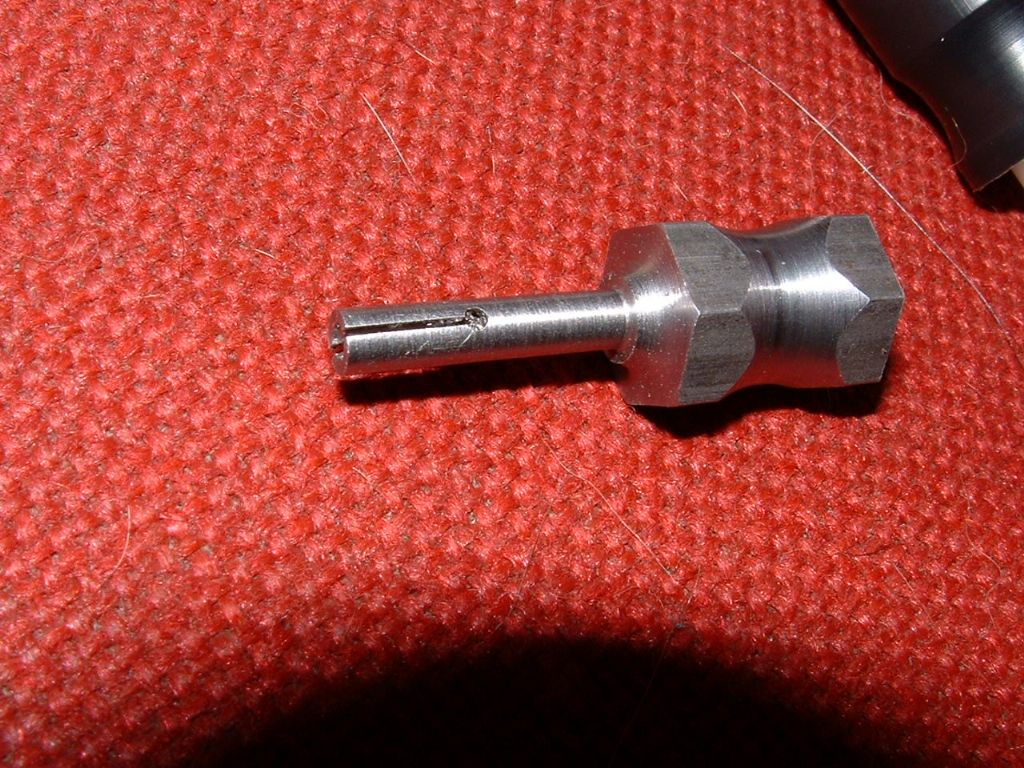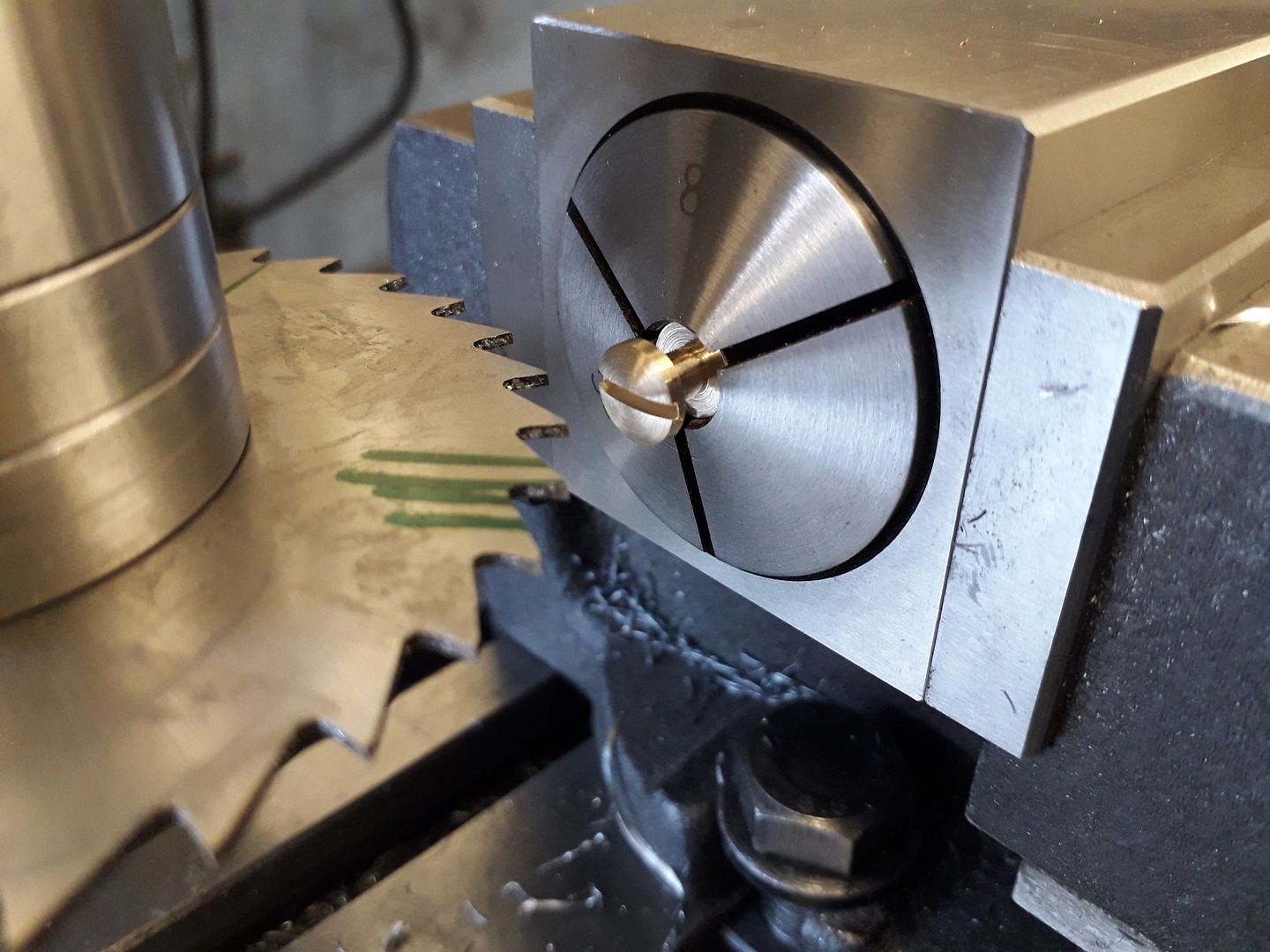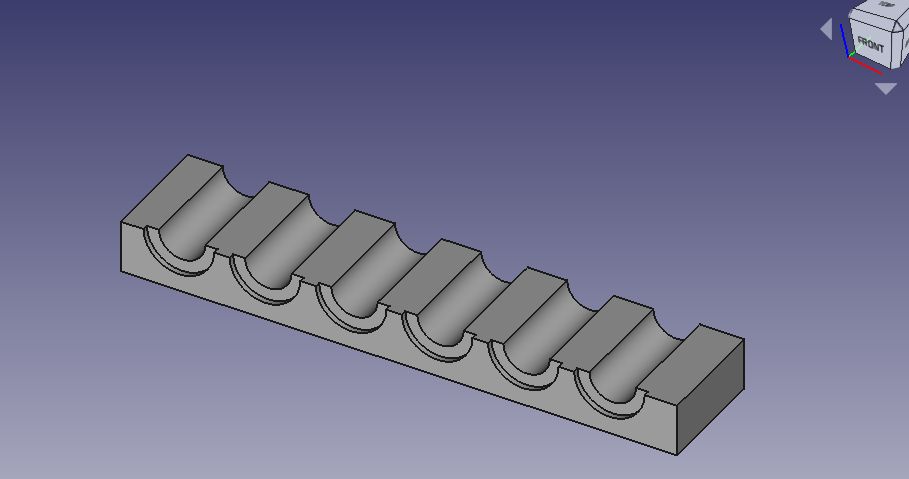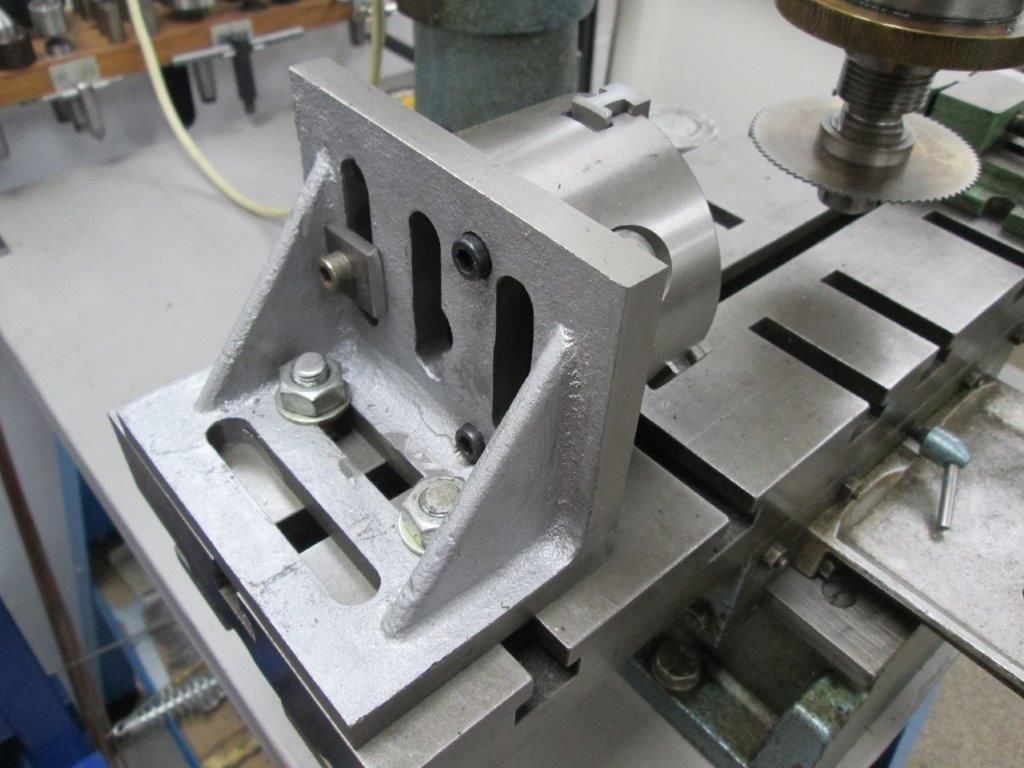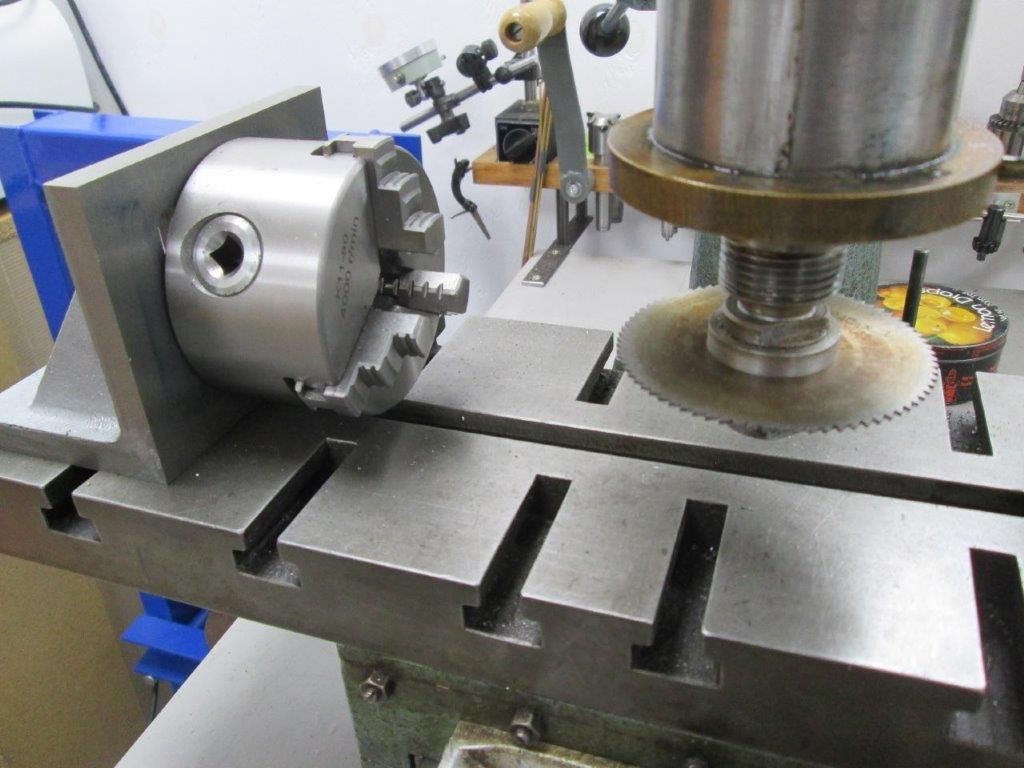Touch off methods fundamentally assume that there are no infelicities in workpiece mounting, tool grind or cutting behaviour that may affect the relationship between touch position and the edges of the actual cut. It is of course a given that the tool and work be sufficiently stiff not to deflect when the (gentle) touch is made. Like many folk I find the "just tears cigarette paper "or "drag a feeler gauge out of the gap" methods give a better feel for precise touch off than simply bringing the tool down onto workpiece or reference for those jobs that have to be so right that even Inspector Meticulous may smile, briefly.
Nice thing about the known error method is that all infelicities are eliminated because measurements and settings are referenced to an actual cut.
Its also generally quicker.
Eye up cutter for a suitable sweep across a sacrificial component or set up dummy to make the D.
If you have one set DRO to zero, use a different memory if need be so you don't loose important datums.
Measure depth of D and height of flat above table. (Verify that the results are consistent. I'm a great fan of paired check measurements as the habit has saved me significant time when a set-up wasn't what I thought it ought to have been.)
Move cutter so as to bring it to the calculated correct position.
Make a second check cut on another sacrificial or dummy component. If its wrong figure out what your error was and start over, otherwise go into production.
There may be some parallel universe where slitting saws are universally renowned for their stiffness, flatness, accuracy, good behaviour in cut and general tolerance of all but the most grievous mishandling. Where ever it is it's far enough away that the light hasn't got to my workshop yet!
Touching off an affordable slitting saw in an affordable holder is a prime example of the sort of job where I want an easier way to be accurate. My slitting saws and holder came from ArcEurotrade a decade or more ago so they are decent and were good value for money but lack the ultimate accuracy of high end industrial products.
Clive
Clive Foster.


